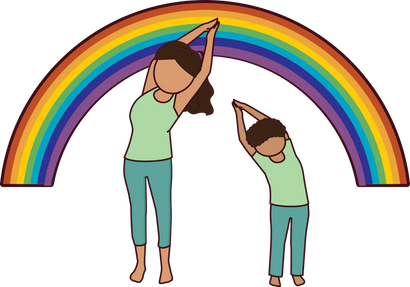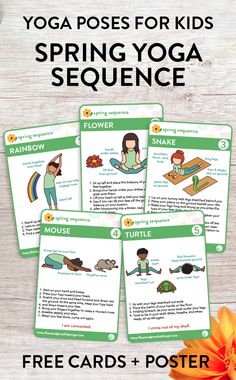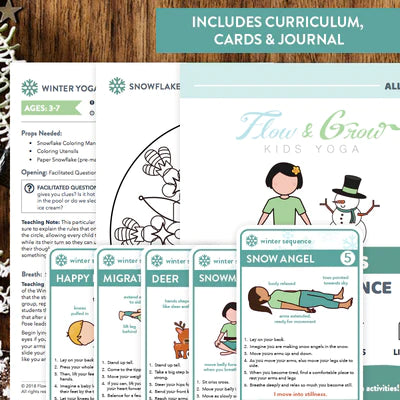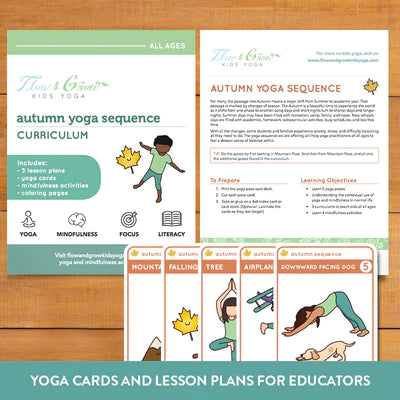Your Cart is Empty
22% off Automatically at checkout when you spend $5 of more!
22% off Automatically at checkout when you spend $5 of more!
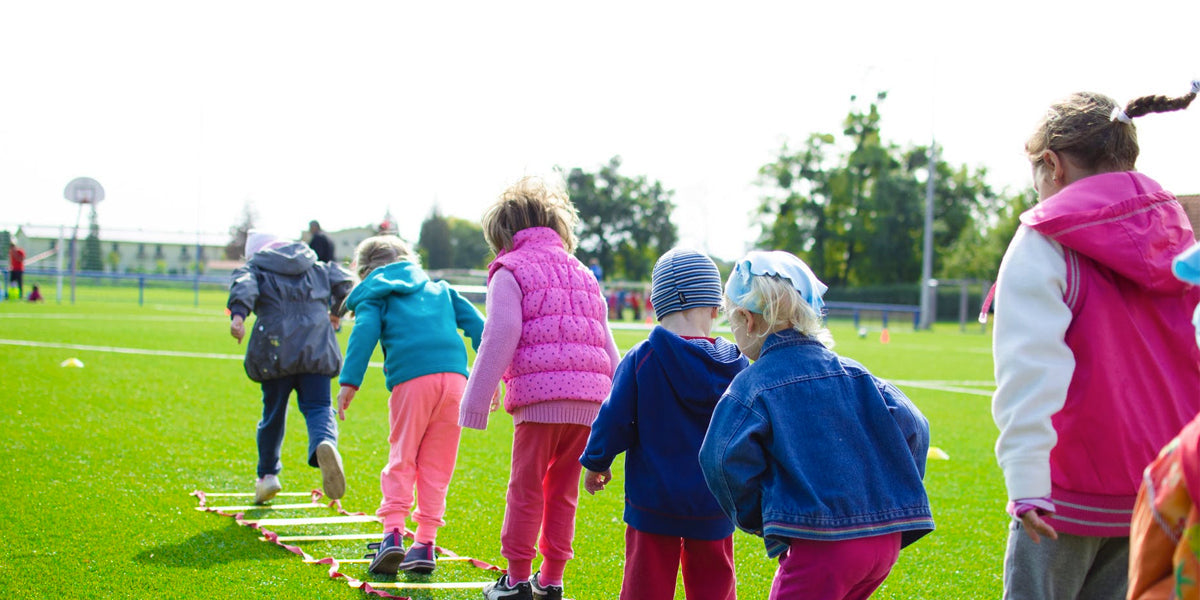
How to Integrate Yoga and Mindfulness in the Classroom: Part 2
by Lara Hocheiser November 06, 2018 2 min read
Investing Time to Save Time
Methodology: Gradual Release of Responsibility
There is not a single elementary teacher that feels they have enough time in the day to comfortably add more. I completely understand that feeling. There is pressure to cram a lot in, testing scores on the line, often behavioral challenges as well as special needs to give attention to, continuing education, initiatives that must be incorporated into the school day.

So Why On Earth Add Another Thing?
The answer may surprise you. By investing in mindfulness, self-care, SEL (social-emotional learning) via explicit learning, you will experience the dividends as your students improve their self-management, decision-making, and social awareness, to name a few.
If that all sounds too good to be true, then you haven’t met my friend and colleague, Nicole, or as the kids know her, “Miss T.” Miss T. is a first-grade teacher in an inclusive public school classroom. She dedicated 5-15 minutes per day using the gradual release of responsibility, with most of the time investment on the front end of the school year, resulting in a total transformation in her classroom. The kids went from having no tools to cope with strong emotions and distraction, and little concept of their inner or outer world, to develop a depth of self-control, self-concept, self-esteem, improved decision-making, and self-serving, attentional practices.
Compared to the other students in the same grade, they had a completely different experience in the classroom, in hallways transitions, and in interpersonal conflict. They were able to resolve conflict, become aware of themselves in space, correct energetic issues by calming or energizing, name emotions and where they live in the body, and much more.
In September, her students had a limited vocabulary and tools. They required explicit instruction daily. In October they received some explicit instruction and were also encouraged to fill in the blanks, try out teaching each other, and practice skills by themselves in myriad ways. By January the same students could go to the peace corner to work out disputes or help themselves without any additional support for. The scaffolded approach helped them be able to support themselves and their peers over time.
In September, Miss T. did explicit instruction, teaching every single concept out loud, using visuals, with lots of support. By November, the students were leading the practices for the class unassisted, and by January, they were serving themselves and helping their peers during crisis moments.
During professional development workshops, Nicole and I compiled tools and resources she could use with the students. All of these can now be found on our new portal for yoga entrepreneurs, Flow and Grow Your Business. This will be open to the public this winter, but at this time is only available to graduates of the Flow and Grow Kids Yoga teacher training.
The peace corner Miss T created consisted of simple visuals, breathing balls, chimes, and yoga cards and books.
Leave a comment
Comments will be approved before showing up.
Also in Kids Yoga Blog
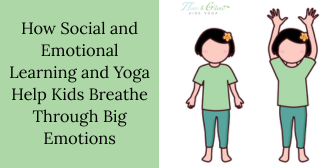
How Social and Emotional Learning and Yoga Help Kids Breathe Through Big Emotions
by Kane SEO April 21, 2025 4 min read
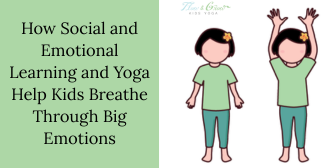
How Social and Emotional Learning and Yoga Help Kids Breathe Through Big Emotions
by Kane SEO April 14, 2025 4 min read
In classrooms and communities around the world, educators and parents alike are placing a growing emphasis onsocial and emotional learning. And for good reason: helping children understand, manage, and express their emotions in healthy ways is just as critical as teaching them to read or do math.

Power of Yoga for Kids: How It Helps Them Grow, Focus, and Thrive
by Kane SEO March 25, 2025 5 min read
In today’s fast-paced world, children are often exposed to stressors from a young age, whether it’s academic pressure, social challenges, or the overwhelming influence of digital devices. This can impact their physical, mental, and emotional well-being.
Ultimate Kids Year of Yoga Bundle
bundlespricey-contentdigital-resourcesearly-childhood-yoga-mindfulnesselementary-yoga-mindfulnesskids-yoga-resourcesmiddle-high-school-yoga-mindfulnessseasonal-yogayoga-cards
Ultimate Kids Year of Yoga Bundle
5 reviews
5.0 / 5.0
(5) 5 total reviews
$45.00
Ultimate Kids Year of Yoga Bundle
5 reviews
5.0 / 5.0
(5) 5 total reviews
$45.00
Kid’s Sun Salutation Yoga Cards
digital-resourcesearly-childhood-yoga-mindfulnesselementary-yoga-mindfulnesskids-yoga-resourcesliteracyunder-15yoga-cards
Kid’s Sun Salutation Yoga Cards
3 reviews
4.33 / 5.0
(3) 3 total reviews
$10.00
Kid’s Sun Salutation Yoga Cards
3 reviews
4.33 / 5.0
(3) 3 total reviews
$10.00
Yamas and Niyamas: Successful Relationships with Self & Others (tweens and teens)
pricey-contentdigital-resourceskids-yoga-resourceslesson-plansmiddle-high-school-yoga-mindfulnessmindfulness
Yamas and Niyamas: Successful Relationships with Self & Others (tweens and teens)
2 reviews
5.0 / 5.0
(2) 2 total reviews
$49.00$55.00
Yamas and Niyamas: Successful Relationships with Self & Others (tweens and teens)
2 reviews
5.0 / 5.0
(2) 2 total reviews
$49.00$55.00
